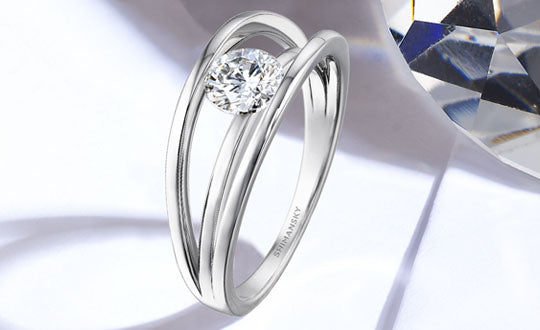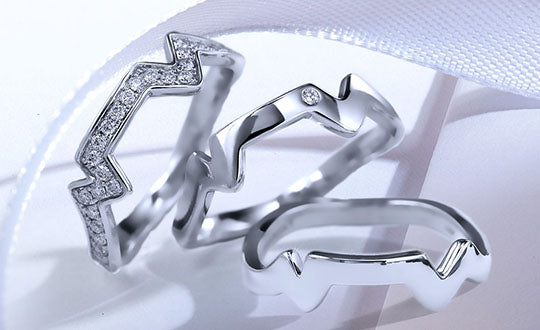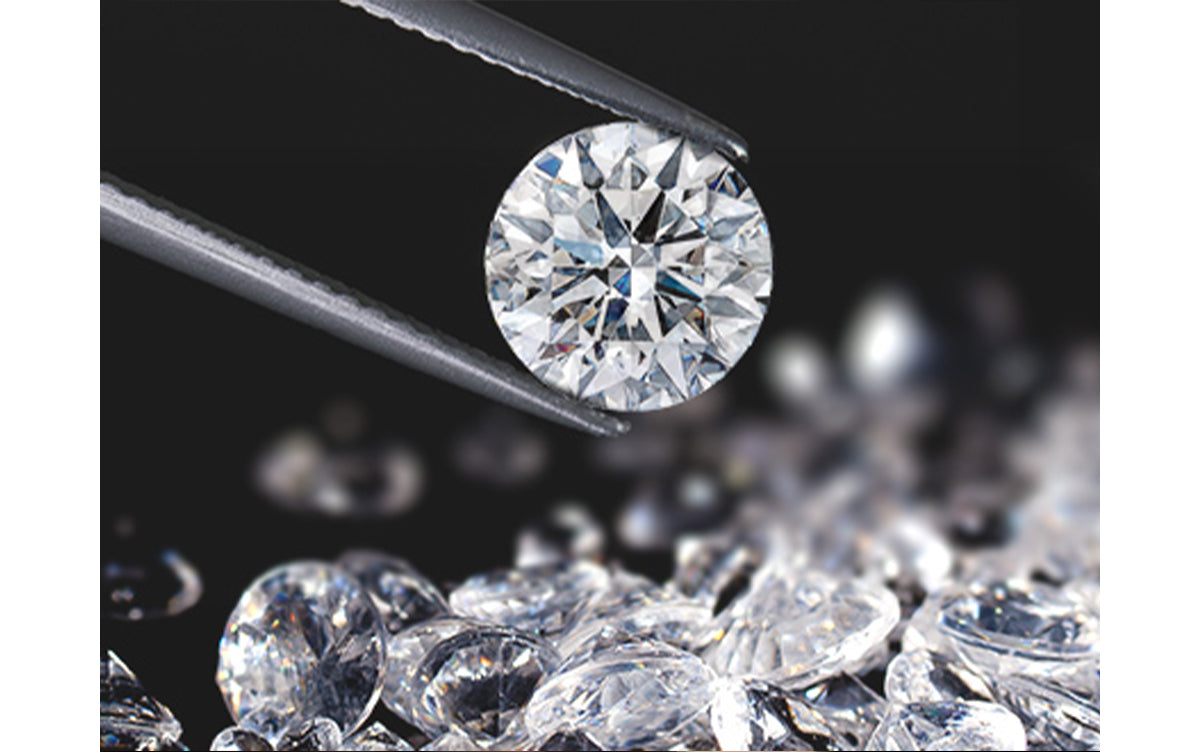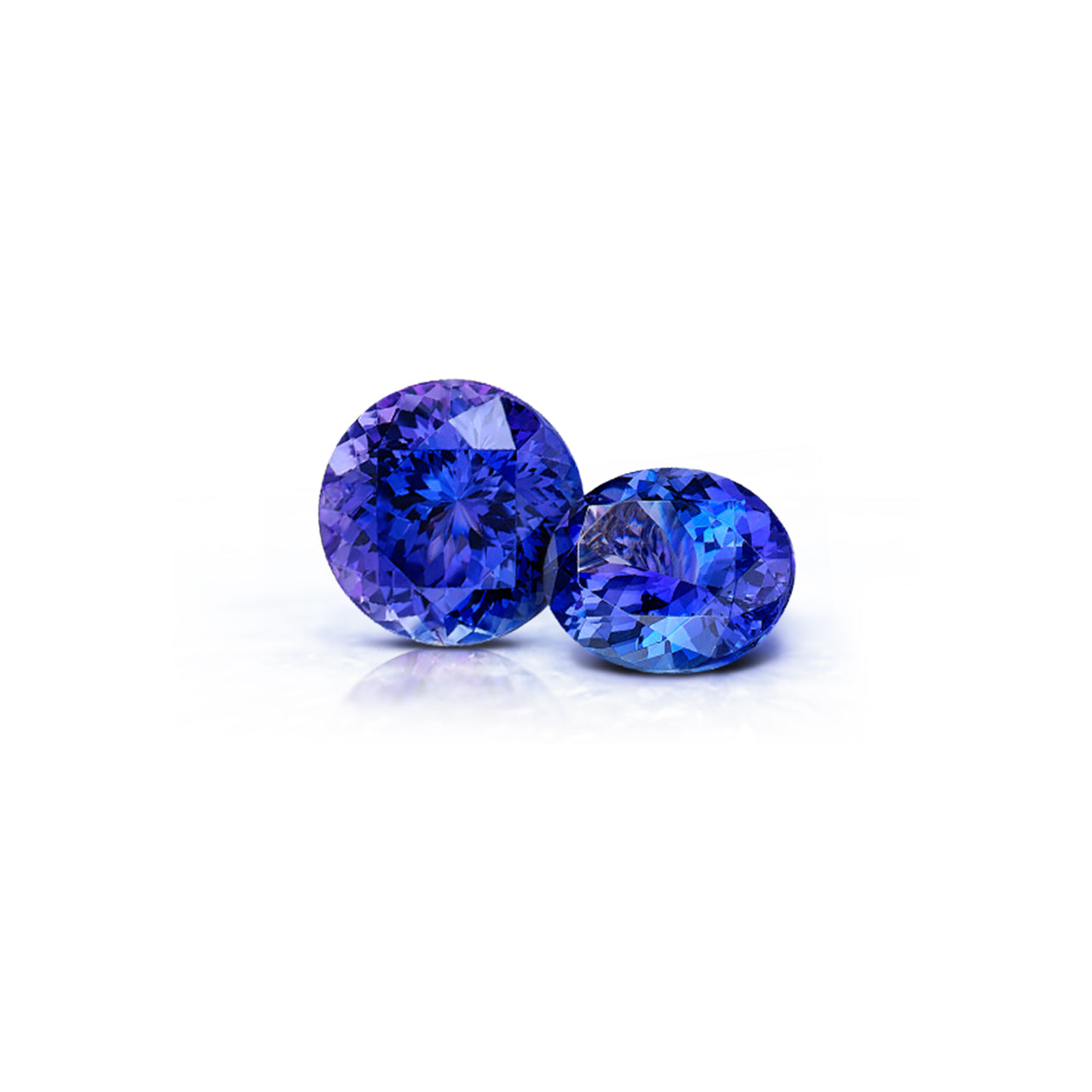
Tanzanite carat weight
Like diamonds and other valuable gemstones, tanzanite is graded by weight. A tanzanite’s carat weight is usually a big determining factor for consumers buying tanzanite in South Africa, and other parts of the world, as it has a direct impact on the price. A carat is a unit of measurement equal to 0.2grams (200 milligrams), and refers to the weight of a tanzanite and other gemstones. Large tanzanite is rarely found in nature, so they are more valuable than smaller tanzanite.
Carat weight is a universal, standard measurement of weight that remains the same throughout the world. This means that regardless of where you purchase your tanzanite jewellery creation, the gemstone’s carat weight remains the same, and legible, all over the world.
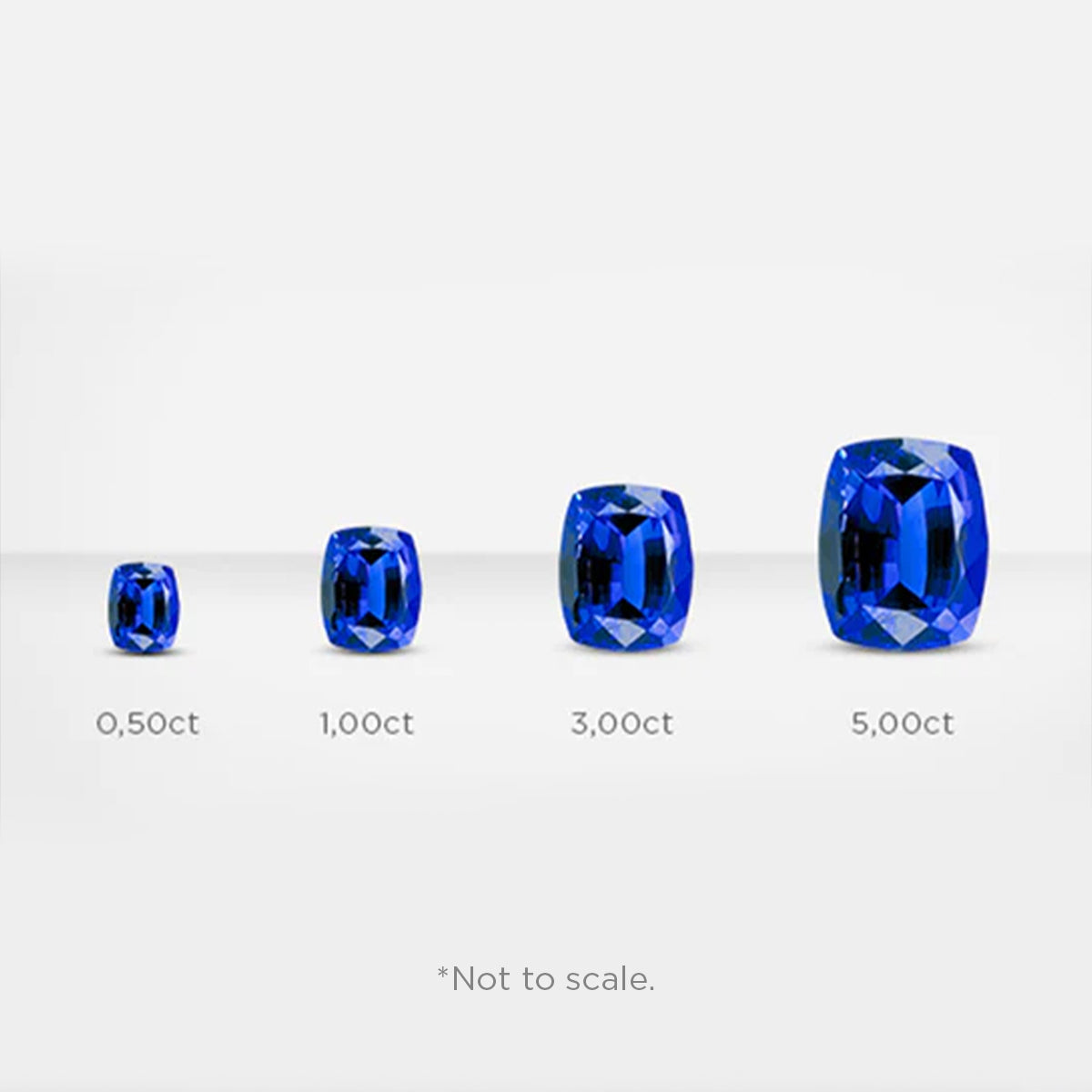
In ancient times, before standard units of weight were implemented, diamond traders compared the size if diamonds to the seeds of the carob tree. Carob seeds had a uniform weight of 200 milligrams (one fifth of a gram), which they rarely deviated from. Hence, they determined the weight of the diamond. Though used for diamonds to begin with, carat weight is, today, the unit of measurement for all precious gemstones. The carob seeds were the start of the carat weight measurement, and today, state-of-the-art weighing mechanisms are used to determine a tanzanite’s carat weight.
The larger the tanzanite gemstone, the higher its value, and the higher its price. Large tanzanite gems are extremely rare, as larger crystals take much longer to grow. Large tanzanite gemstones over five carats generally have a deep blue or violet colour, which is more desirable than the paler lavender or medium blue colour associated with smaller tanzanite gems. Tanzanite weighing over 50 carats is deep blue in colour, and tanzanite weighing over 100 carats is dark blue-black in appearance. These large, dark coloured types of tanzanite are extremely rare and very sought-after by investors and collectors.
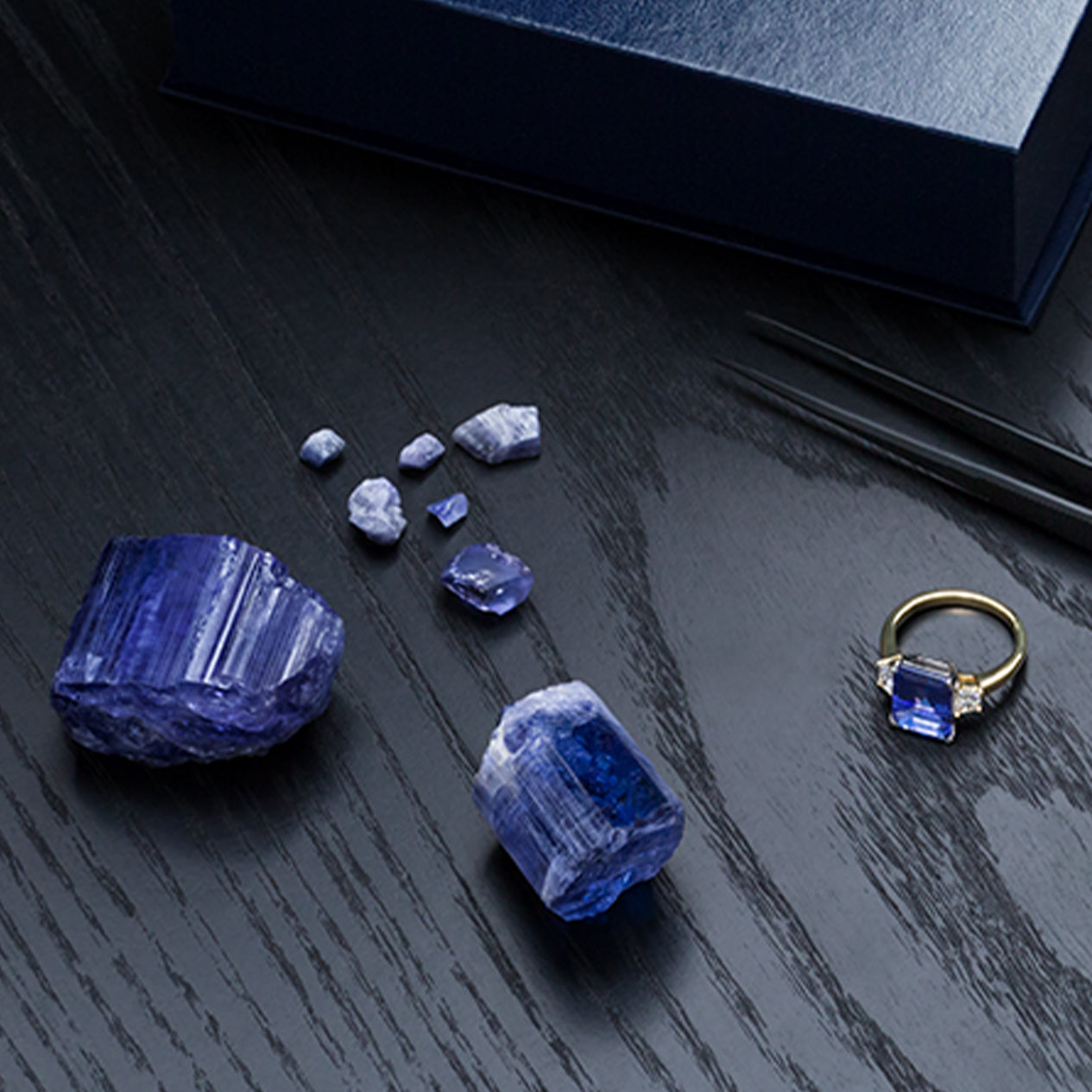
Carat weight refers to the gemstone’s entire weight, which includes its depth. Two seemingly identical tanzanite gemstones can have different carat weights if they vary in depth. Similarly, carat weight is often mistaken for size. Two tanzanite stones with the same carat weight could be different sizes, face up.
Size depends on each stone’s proportions, and the size of the underside of the stone. A tanzanite gem shallow in depth might, face up, appear larger than a tanzanite of the same carat weight, that has a smaller size face up, and a deeper depth. Although carat weight is a big determining factor when it comes to price, it is not the only one. Two tanzanite gemstones with the same carat weight could significantly vary in price if their colour, clarity and cut grading differs.
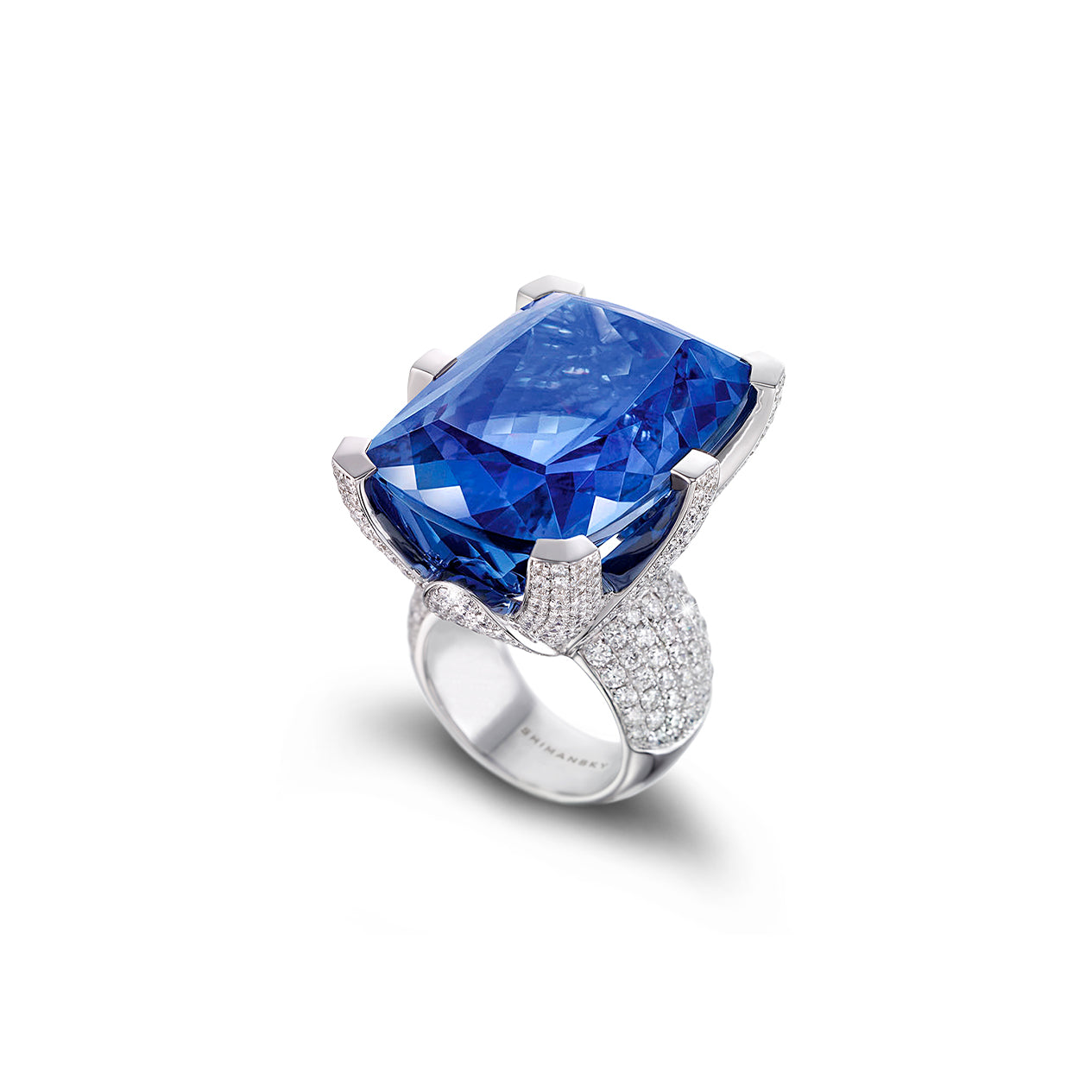
When selecting a tanzanite gemstone, it is important to find the perfect balance between all four Cs. A tanzanite gemstone with a big carat weight, but with poor colour or a poor cut, may very well be less valuable than a tanzanite with a smaller carat weight, but with excellent colour, clarity and cut. Carat weight plays an important role in your tanzanite’s value, but without support from the other Cs, “size” is not the most important factor. When purchasing a tanzanite ring, or tanzanite necklace in South Africa, be sure to ask for the certificate upon viewing the gemstone. This certificate ensures that the weight you are told in-store, is the actual weight of the tanzanite, recorded for your peace of mind.
The Shimansky Ayanda Queen of Tanzanite collection offers a wide variety of loose tanzanite stones and tanzanite jewellery creations in various carat weights. From delicate tanzanite rings to larger loose stones suitable for investment, Ayanda Queen of Tanzanite offers the finest hand-picked tanzanite straight from the Maasai tribe in Tanzania.
